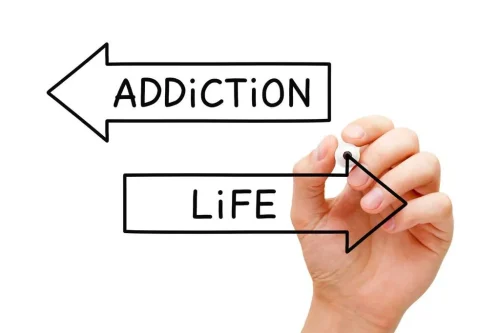
The effects of alcohol start sooner than people realize, with mild impairment (up to 0.05 blood alcohol concentration [BAC]) starting to affect speech, memory, attention, coordination, and balance. And if you are under 21, driving after drinking any amount of alcohol is illegal and you could lose your license. Critical decision-making abilities and driving-related skills are already diminished long before a person shows physical signs of intoxication. Another one of the misconceptions about alcohol is that everyone who drinks heavily will become addicted.
Dating in Early Recovery
Our Treatment Advisors are available 24 hours a day to help you or a loved one access care. We’re ready to make sure you have the support you need to achieve lifelong recovery. Contact The Recovery Village Palmer Lake if you have questions about treatment or if you’re ready to get myths about alcoholism on the path to recovery and end your addiction to alcohol. The belief that consuming more alcohol, known as “hair of the dog,” can cure a hangover is a widespread myth. However, scientific evidence refutes this claim, indicating that time is the only true cure for a hangover.
- Thus, various kinds of alcohol possess little biological effect, but their expectations or mental condition may lead them to respond variously.
- Older Australians are also drinking slightly more with 42% of year olds in 2017 reporting they drink weekly up from 36% in 2015.
- Perhaps the most dangerous myth on this list is that Lyme disease is the only tick-borne disease, which is incredibly false.
- What is a healthy range of drinking for men and women age 65 years or older?
- For ways to seek support, you can visit Psych Central’s guide to mental health help.
- This includes your heart, blood pressure, kidneys and mental health.
Debunking Myths
Consistently taking the medication according to your doctor’s instructions is crucial to reshaping your drinking habits over time. With TSM, you’re reclaiming control step by step, at your own pace. Some people notice changes right away, while others take a few months to see a difference.
Start Recovery Today
The hospitals do not exclude people or treat them differently because of race, color, national origin, age, disability, ethnicity, gender, gender identity, sexual orientation or sex. However, this process also results in heat being dissipated away from the body’s core, where it https://ecosoberhouse.com/ is needed most to maintain a stable internal temperature. Our clinicians are certified professionals whose only goal is to help you succeed. They understand exactly where you are and what you’re going through. And they are able to relate to family and friends at the same time.
Demystifying the Myths of Alcohol
Tolerance comes from chronic use of alcohol that results in physical and mental adaptation to its presence in the body. The development of tolerance is shown by an increase in the amount of alcohol required to produce the desired effects and can indicate the onset of physical dependence. There are many common myths about alcohol & underage drinking, often leading to misconceptions about safety and risks. It’s crucial to separate fact from fiction to ensure the well-being of teens.
Breaking Down the Myths
Common Misconceptions About Alcohol
- You do not need to drink every day to have a problem with alcohol.
- Left unchecked, these myths can cause people to make poor choices, which ultimately affect their health.
- Take our short alcohol quiz to learn where you fall on the drinking spectrum and if you might benefit from quitting or cutting back on alcohol.
- Instead of crushing a tick with your fingers, which is not recommended to do (per CDC guidelines), flush it down the toilet or immerse it in alcohol.
- With TSM, you’re reclaiming control step by step, at your own pace.
- The primary goal you can take from this article is that you shouldn’t trust every detail you hear about alcohol, even if I didn’t talk about all of the alcohol myths.
